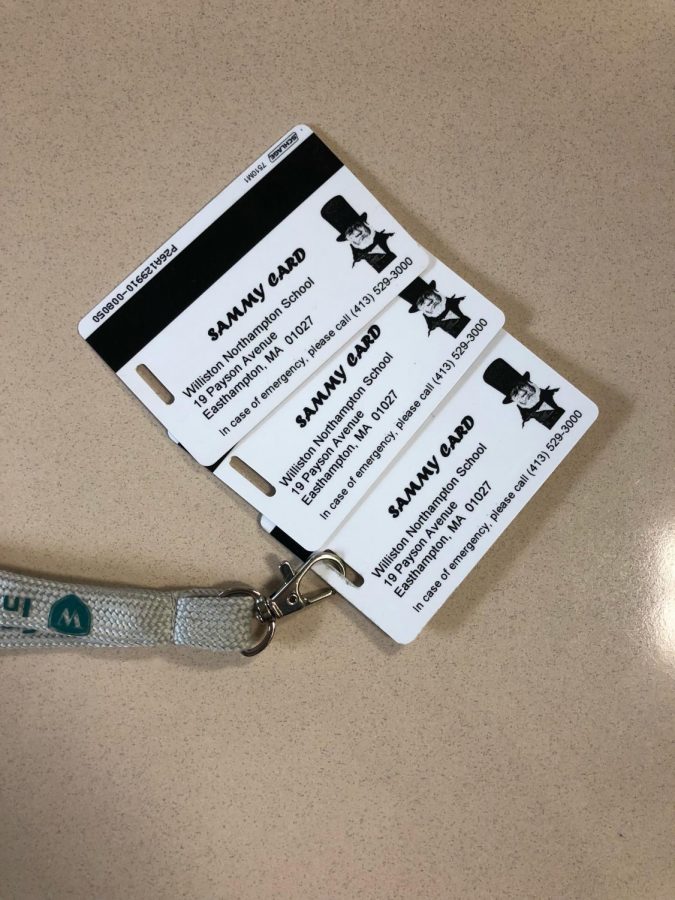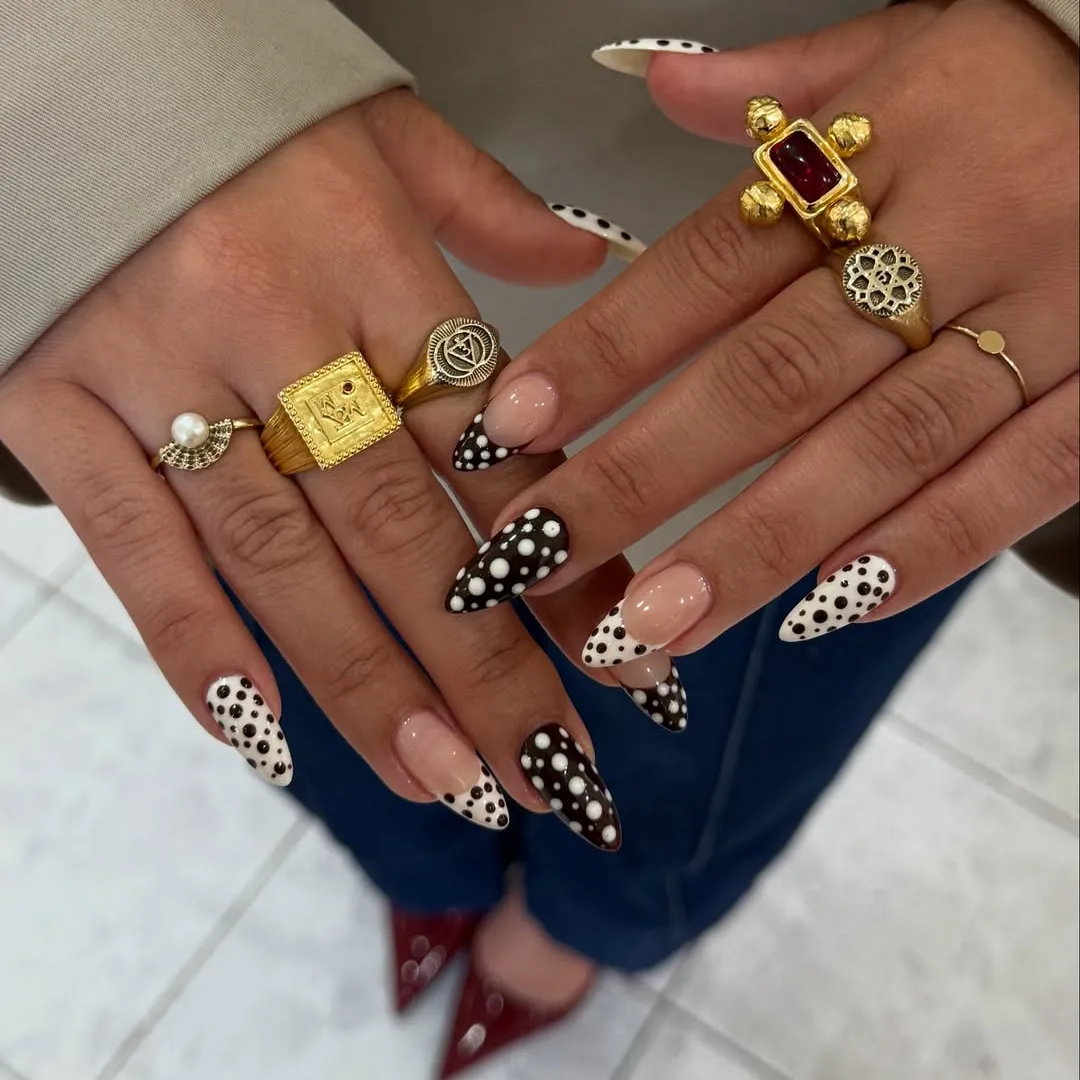Students at Williston use their Sammy Cards for a variety of different purposes, but they must make sure it is always with them. Some consider this a problem, but there is a lot that would go into making changes to our current system.
Sammy Cards are students’ school IDs, their access to Button Bucks, and their keys to buildings on campus like their dorm rooms. Some universities have eliminated the use of physical keys entirely, having students use their digital wallet on their phone instead.
The technology to digitize room keys and payment methods has been used for about 10 years. Williston has used the current model since 2017, but before then, some dorm rooms still had old-school keys. The transition to digital key cards seems logistically possible, but there are a few reasons why it has not already been done.
Karen Yarra, the Accounts Receivables Coordinator and Manager of student IDs, and Debbie Lennon, Director of Finance and Auxiliary Operations, have considered the possibility of transitioning to digital access. They even noted that their supplier has sent emails encouraging them to do so, but there are many things to be done before this can be achieved.
Such a big campus-wide adjustment would require a multitude of changes. The biggest would start with installing all new card readers; there are currently around 260 on campus and some businesses in Easthampton also have car readers that can accept Button Bucks. Within the past year, these readers were already updated to accept the current cards students use.
Changing this system would be time-consuming and expensive.
However, digital counterparts could reduce costs in the long term. The cost of the new card readers would even out with the amount that would be spent to purchase physical Sammy Cards.
The use of digital Sammy Cards would also eliminate the process the business office must go through when someone loses their Sammy Card. Since funds are attached, students must be assigned an entirely new Button Bucks account any time a card is lost. This is not only time-consuming for the business office, but it also has costs associated that would be immediately eliminated.
To make these improvements, the business office must weigh the urgency of other projects with ones like this to determine which takes priority. Unfortunately for some students, digital IDs do not fall very high on the business office’s list.
Juliana Castelo, a two-year boarding junior from Portugal, locks herself out of her room relatively often. She keeps her Sammy Card in a card holder on the back of her phone, like many students, but often misplaces it during study hall, thus leading to her being unable to get into her room.
“It would be a lot more convenient if it was in my Apple Wallet because then I would have no worry about losing it, and it would just be on my phone,” she said.
One example of schools implementing digital key cars is the University of Notre Dame in South Bend, Ind., which has recently shifted to digital access to the Irish1Card for all students.
Sienna Laracca, a first-year student at the University of Notre Dame from New Jersey, uses her Irish1Card in her Apple Wallet which acts as a digital key card and ID. It gives students access to buildings on campus, dining dollars, and tickets to sports events. She thinks it eliminates an unnecessary level of complication in her day-to-day life.
“It’s so much easier and more convenient for everything to just be on your phone,” she said. “It’s just one less thing to think about, and it saves you from so many issues of not being able to find your card or just not being able to get into the building because you always have your phone on you.”
She also really likes the convenience of this system as well as the well thought-out nature of digital access, noting that even if her phone is dead, her digital access will still work. Also, she thought it was very easy to set up and was excited to find out that it even works on her Apple Watch.
The implementation of a similar system into Williston’s community would have very similar impacts on boarding students. On the other hand, day students may not see all of these benefits because of their less frequent use of their Sammy Cards.
Another issue that the business office has run into is the fact that not every single person on campus has a cell phone or one that is compatible with a digital wallet which their Sammy card could be loaded to. There is technology presently available that allows the use of both physical key cards and digital access, so this should be a relatively solvable issue.
Anne O’Connor, Director of Campus Safety, recognizes that digital access is definitely where many campuses, both universities and private secondary schools, will be moving in the near future, but also notes the difficulties of making such a big change in the community.
“[Digital access] is absolutely where things are going and so is card access. It’s just a matter of being able to bring every aspect of the campus up to that level before we’re able to do it,” she said.
She also notes that Williston is doing a good job at staying current with technology while maintaining safety as their number one priority.
“The school is definitely progressing at a good level as far as card access goes, especially in terms of safety, but it’s coming, someday,” she said.





















